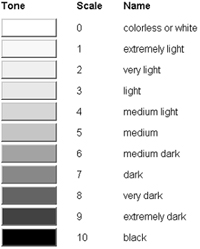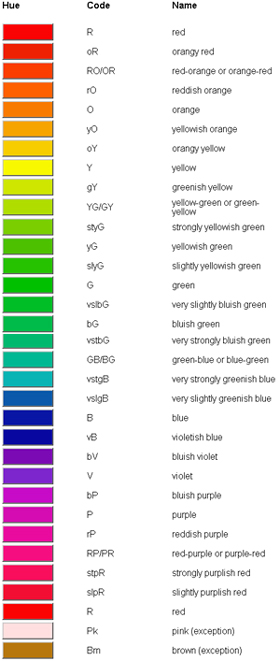Gemstones Buying Guide
Gemstones Buying Guide
When buying gemstones, you have to consider what is known as the four 'Cs'; colour, clarity, cut and carat weight.
Colour
Gems come in a vast array of shades. Whatever the shade, the brighter, richer and more vivid the colour, the more valuable the stone. Look at the gem in different lights. Some gems look magnificent under florescent lights, but appear lifeless in daylight, or vice versa.
Clarity
Clarity is determined by the number, size, nature, and location of the internal (inclusions) and external (blemishes) imperfections of a gemstone. Only glass or rare gems of very high value have no inclusions visible to the naked eye. Although it is difficult to find gems without flaws, try to avoid those with lots of inclusions that are obvious when the gem is viewed face up and those with cracks that reach the surface.
-
VVS 1 & 2
Extra Fine Quality. These gems have microscopic inclusions which are difficult - slightly difficult to see under a loupe with 10x magnification.
-
VS 1
Fine Quality. Small pin-pricks are just visible to the scrutiny of the close naked eye. However, the beauty of the gem is not diminished in anyway.
-
VS 2
Fine Quality. Small pin-pricks and feathers are just visible to the scrutiny of the close naked eye. However, the overall beauty of the gem is still not diminished
-
SI 1
Good Quality. These gems have inclusions which are fairly easy to see to the close naked eye. However, the overall beauty of the gem is still high.
-
SI 2
Good to Medium-High Quality. These gems have inclusions which are fairly easy to see under the close naked eye. These inclusions are usually not really visible at an arm's length.
-
Included 1,2 & 3
Medium to the lower qualities. Included gems with internal features that range from eye visible to very easily seen to the naked eye.
Cut
Cut refers to the proportions, finish, symmetry, and polish of a gem and affects its beauty and value. A cut that is too deep makes a gem too dark. A cut too shallow, on the other hand, robs the gem of its brilliance and makes it look flat and washed-out. An ideally cut gem reflects light evenly from all parts of its table (face).
Carat Weight
Carat is the unit of weight for gemstones. A carat is further subdivided into 100 points ( 0.01 carat = l point ). One carat is equal to 0.20 grams. Generally, the heavier the stone, the higher the value.
Hue, Tone and Saturation
Hue is the first impression we get when seeing colour. GIA uses 31 hues based on the RGB model (red-green-blue). Each hue has its own colour-code. Tone is lightness or darkness in the colour. There are 11 stages of tone, ranging from 0 (for colourless) through 10 (for black). The GIA uses just 7 of them (from 2 through 8). In general a "5" would be ideal. Saturation is the purity or intensity of the hue. The GIA saturation scale goes from 1 to 6. The lowest grade meaning that the hue looks grayish (for cold colours like green and blue) or brownish for the warmer colours (like red, orange and yellow). The highest grade (6) is used for hues that are pure in their hue. We call that "vivid". Below are the descriptions and a saturation scale.
- grayish (brownish)
- slightly grayish (brownish)
- very slightly grayish (brownish)
- moderately strong
- strong
- vivid












